₦5,000.00


₦13,000.00
Marshal (Insecticides)
₦7,500.00
Marshal (Insecticides) is a broad-spectrum insecticide that is effective against a wide range of pests, including sucking insects, chewing insects, and soil pests. It is used on a variety of crops, including cotton, rice, vegetables, and fruits.
Benefits of using Marshal (Insecticides):
- Broad-spectrum activity: Marshal insecticide is effective against a wide range of pests, including sucking insects, chewing insects, and soil pests.
- Systemic action: Marshal insecticide is absorbed by the plant and distributed throughout its tissues, making it effective against pests that are difficult to reach with contact insecticides.
- Long residual activity: Marshal insecticide provides long-lasting protection against pests, reducing the need for frequent reapplications.
- Flexible application methods: Marshal insecticide can be applied by foliar spraying, soil application, or seed treatment.
Share:
Marshal (Insecticides)
Marshal (Insecticides) is a cyhalothrin-based organic compound that is used as a pesticide. It is a pyrethroid, a class of synthetic insecticides that mimics the structure and insecticidal properties of the naturally occurring pyrethrin which comes from the flowers of chrysanthemums.
- It is highly effective against aphids, sucking and chewing insects, spider mites, caterpillars, thrips, whiteflies, etc.
- Marshal is indicated for combating insect pests of the following crops: Tomatoes, cotton, Macadamia, grapes, peas, maize, sorghum, potatoes, dry beans, sweet corn, and green beans, and controlling cutworms of all crops.
Active ingredients in Marshal (Insecticides)
- Lambda-cyhalothrin (pyrethroid) 50 g/ℓ
- Lambda-Cyhalothrin 2.5 E.C.
Marshal (Insecticides) benefits
- Faster uptake and symptoms.
- Highest levels of long-term insect control.
- Greater consistency in a wider range of weather conditions.
Mixing instruction
- Make the mixture as indicated by half filling the spray tank with clean water.
- Afterward, start agitation and add the required amount.
- Fill with water to the required volume.
Ground application
Apply using a conventional high-volume sprayer with hollow cone nozzles, giving a medium to fine droplet for adequate and even distribution. Do not spray wet plants.
Aerial application
- Aerial application of Marshal may only be done by a registered Aerial Application Operator.
- Ensure that the spray mixture is distributed evenly over the target area and that the loss of spray material during application is restricted to a minimum.
- It is therefore essential that the following criteria be met:
- Volume: A spray mixture volume of 30 ℓ per hectare is recommended.
- Droplet coverage: 30 to 40 droplets per cm² must be recovered at the target area.
Precautions
- Stop spraying if the wind speed exceeds 15 km/h.
- Stop spraying under turbulent, unstable, and dry conditions during the heat of the day.
- Spraying under temperature inversion conditions (spraying in or above the inversion layer) and/or high humidity conditions (relative humidity 80% and above) may lead to:
- reduced efficacy due to suspension and evaporation of small droplets in the air (inadequate coverage).
- damage to other sensitive crops and/or non-target areas through drifting of the suspended spray cloud away from the target field.
Frequently Asked Questions (FAQs) About Marshal Insecticide
What is Marshal Insecticide?
This Insecticide is a broad-spectrum insecticide containing lambda-cyhalothrin, a synthetic pyrethroid that mimics natural pyrethrin from chrysanthemums. It effectively controls various insects like aphids, caterpillars, thrips, whiteflies, and more.
What crops can Marshal Insecticide be used on?
Marshal is labeled for use on a variety of crops, including:
- Tomatoes
- Cotton
- Macadamia nuts
- Grapes
- Peas
- Maize (corn)
- Sorghum
- Potatoes
- Dry beans
- Sweet corn
- Green beans
It’s also effective against cutworms affecting various crops.
What are the benefits of using?
- Faster action: Insects experience symptoms quicker compared to some insecticides.
- Long-lasting control: Provides extended protection against pests.
- Weather resistance: Maintains effectiveness in a wider range of weather conditions.
How do I mix Marshal Insecticide?
- Partially fill the spray tank with clean water.
- Start the agitator and add the required amount of Marshal according to the label instructions.
- Fill the tank with water to the desired volume and continue mixing.
How do I apply Marshal Insecticide (Ground Application)?
- Use a conventional high-volume sprayer with hollow cone nozzles.
- Apply a medium to fine spray for even distribution, ensuring adequate coverage.
- Do not spray on wet plants.
Can I apply Marshal Insecticide by air?
Yes, but only a registered Aerial Application Operator can perform aerial applications. It requires specific protocols to ensure even distribution and minimize spray drift.
What are the safety precautions for using Marshal Insecticide?
- Wind: Stop spraying if wind speeds exceed 15 km/h (9 mph).
- Weather: Avoid spraying under turbulent, unstable, or hot and dry conditions.
- Temperature inversion: Don’t spray during temperature inversions or high humidity (above 80%) as it can:
- Reduce effectiveness due to droplet evaporation.
- Cause damage to non-target areas through spray drift.
Only logged in customers who have purchased this product may leave a review.

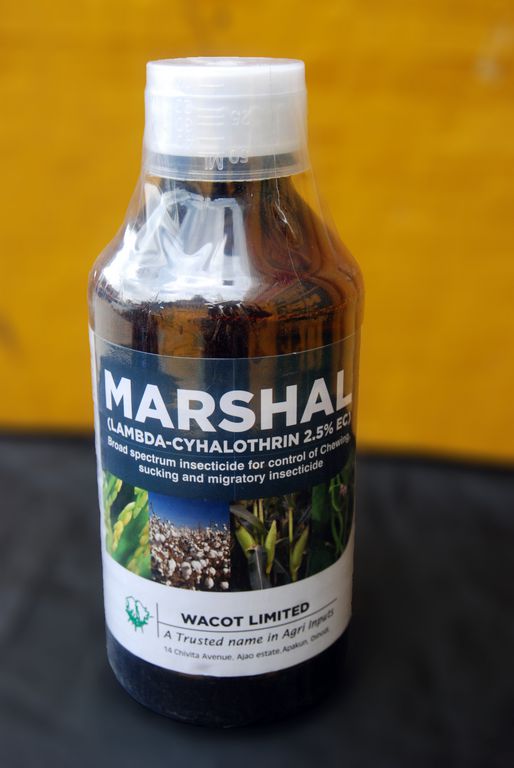

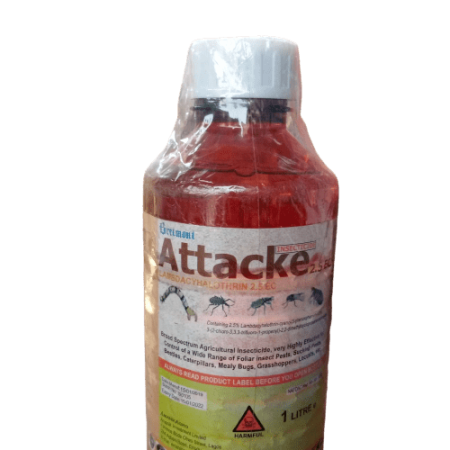
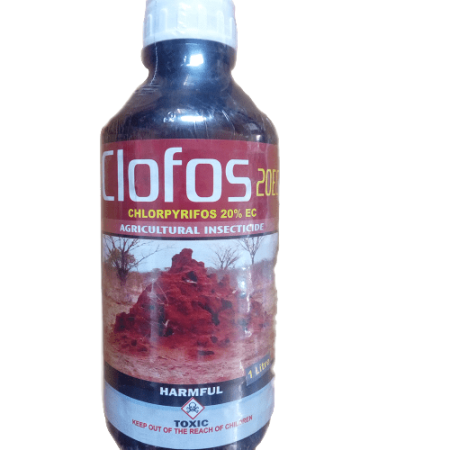

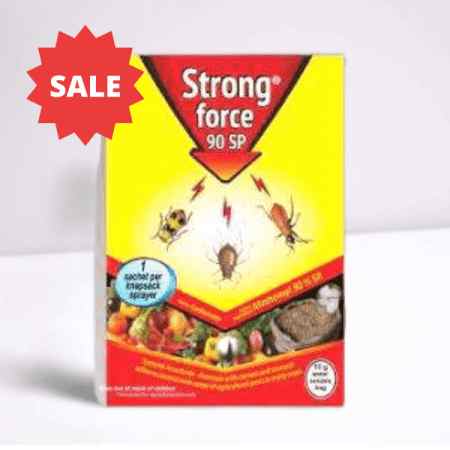
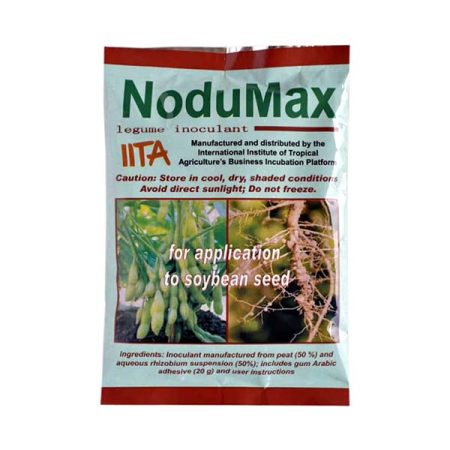
4.71
7 reviews for Marshal (Insecticides)
There are no reviews yet.